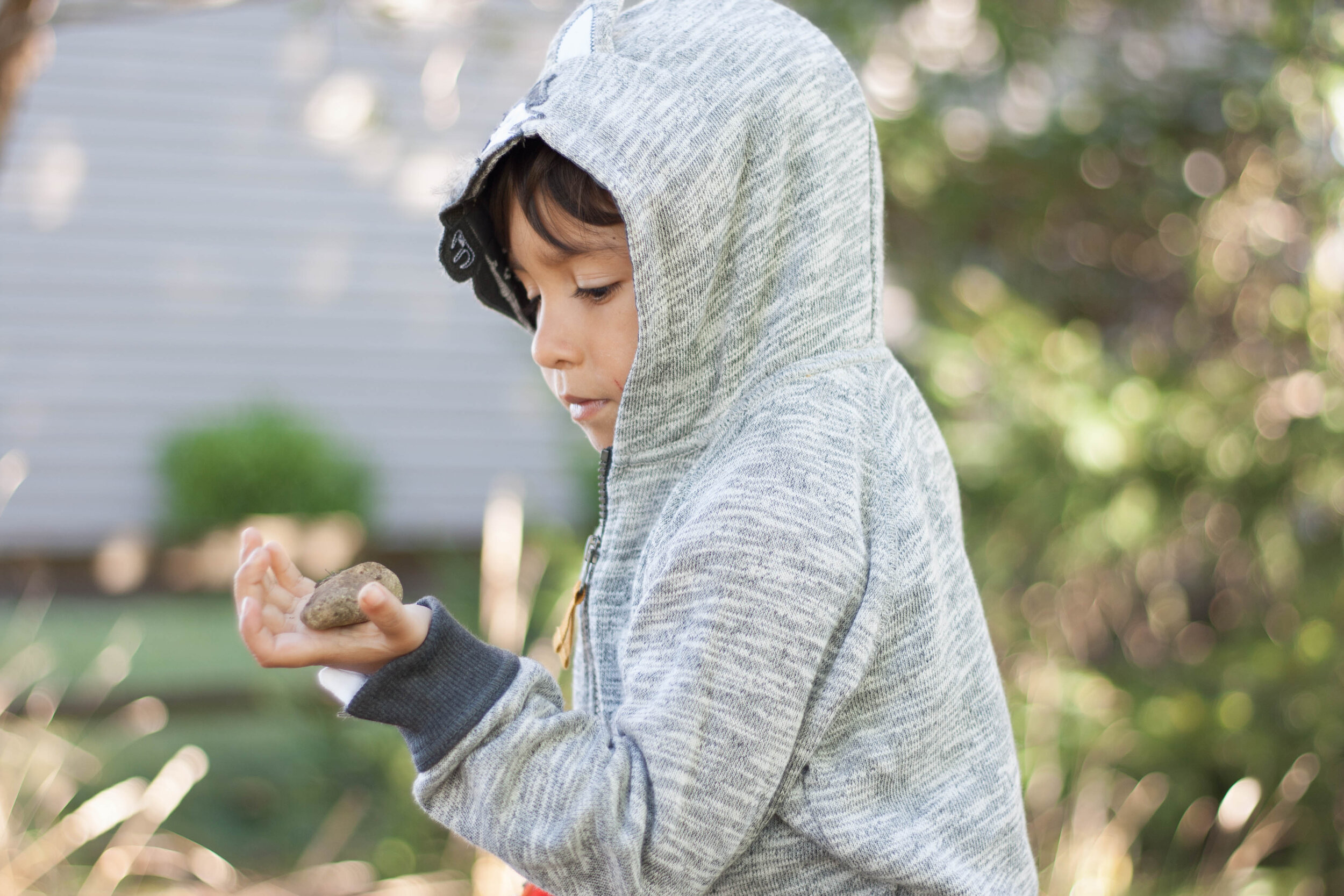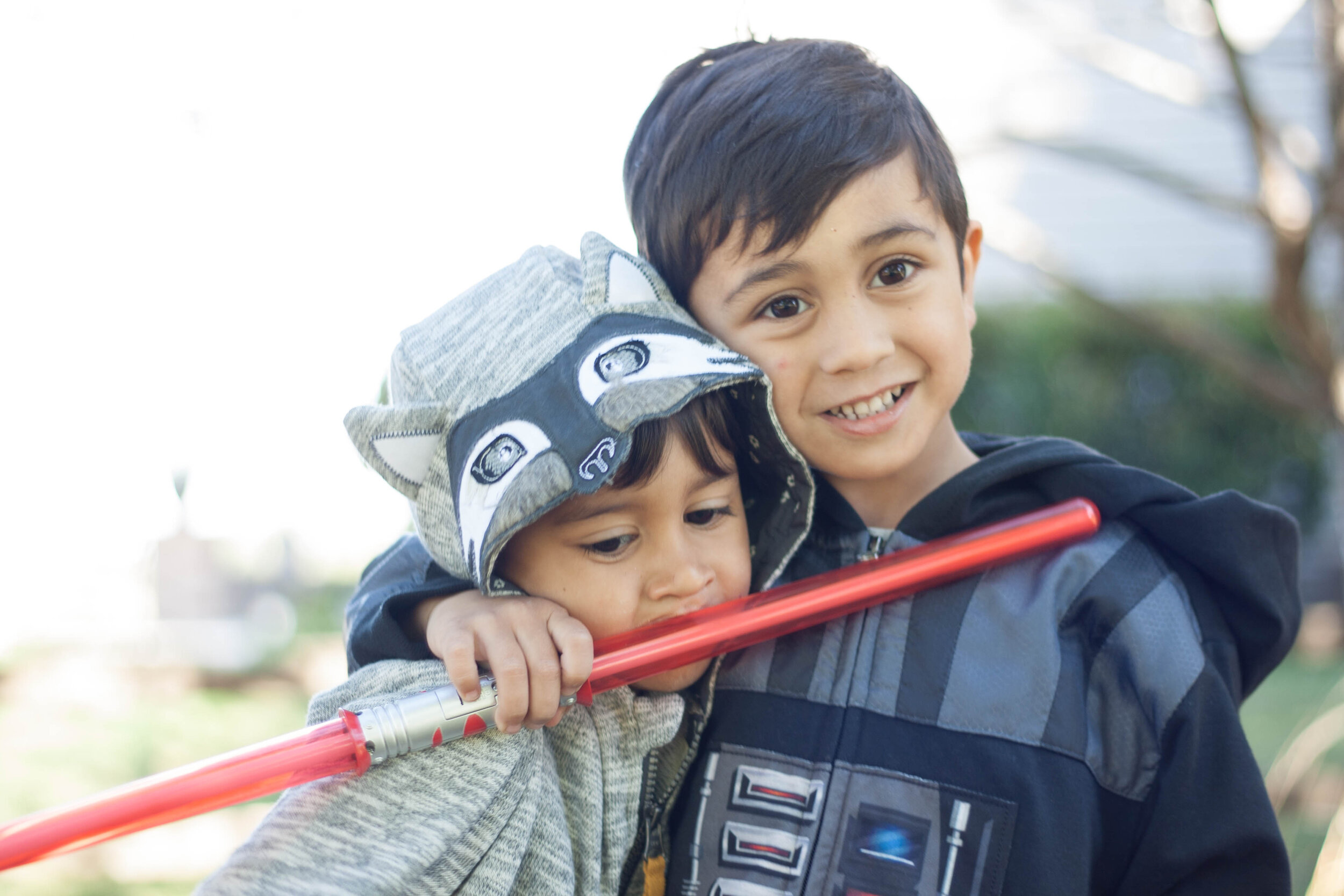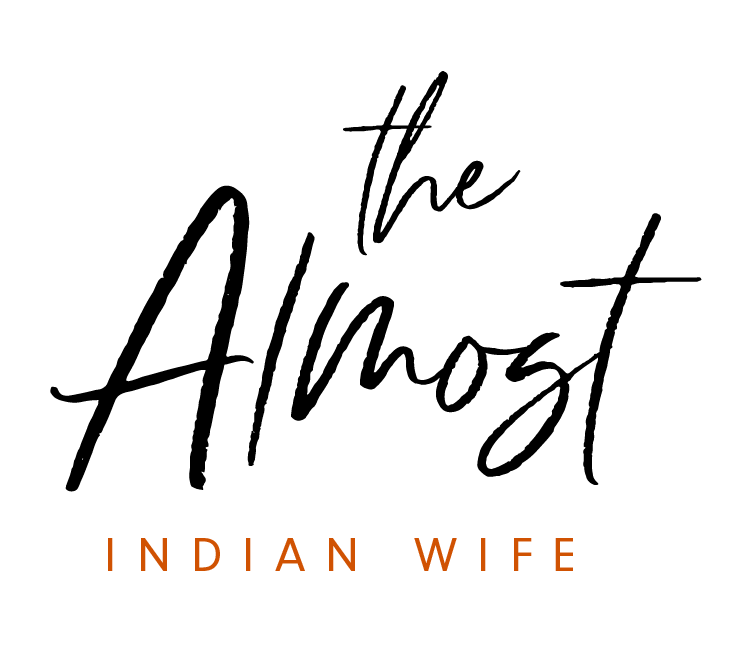Teaching My Multicultural Kids What's "Normal"

My Little Explorers
One of my favorites part of homeschool has been watching my kids explore. My little boys are curious about everything around them! If you look into their eyes, you can see they're always pondering something.Momma, why can't I marry you?Why can't we spend your grocery money on our toys? Aren't toys more important?Why doesn't everyone speak Telugu like daddy and me?I love hearing the questions their little minds come up with. While I may be assuming they're only thinking about the toy in their hand, they're actually processing life going on around them. They want to figure it all out.Sometimes, these questions are centered around what they want in the moment, like going toy shopping rather than grocery shopping. Other times, they're thinking about something much deeper. I'm always surprised to hear how deep their questions can become.Lately, my oldest son, Liam has been pondering the differences between him and those around him. As a biracial child, he's not new to the idea of being different than some of his friends, but he's starting to identify how they're different.
 I Speak Normal
I Speak Normal
This week, we went to the store to pick up a few supplies. While we there, Liam overheard a few employees speaking in Spanish. He's fascinated with other languages because this is the first year he's had a personal desire to pick up more Telugu.He immediately started talking to me and asked if they were speaking Spanish. I said yes and he started to go off in his own version to show off for them, throwing in a few real Spanish words.He was so proud of himself. Then I became the mom that reminded him most of what he said was made up. Luckily, he just laughed and he started listing off all the Telugu words he knows.I love that he wants to explore languages, but I don't ever want him to come off as mocking someone else. I want him to know the difference between a made up language and a real language. Then he brought up one of his cousins who grew up in India.Momma, why doesn't he speak normal like me?Hun, there's not really a normal language. People across the world grow up speaking different languages and he grew up speaking Telugu. It's normal to him. Mom... Listen to me. See.. I'm speaking normal. It took some time to explain to him that normal is relative, but it got me thinking. I don't want to raise kids that think they're way is the only "normal" way. Right now, he's young and he's trying to process the world around him. I love that he's able to talk to me about everything he sees and wants to know more about.
Diversity Is Normal
I want my kids to grow up knowing diversity is what's normal. I want them to be able to look around and see the beauty in the differences between cultures.The more I can talk to my kids about the differences they see, the more normal it becomes. "Normal" is relative. It changes for everyone. However, one thing that should always be normal is a love for different cultures around the world.As my kids continue to question and figure out the world, I'm going to be right next to them. I want to help them as they figure it out.It's our role as parents to teach our kids the beauty of diversity. How can you do that? You do it by pointing out racial inequality, talking to your kids about what's going on the world, encouraging them to ask questions, and teaching them that all lives matter.Sometimes, I look at the news and for a moment, I wish I could hide it all from my kids. I don't want them to see how terrible people can be. I don't want them to know that some people are so hateful that they see their race as better than another.It's my job as their parent to talk to them about the hard things. I'd rather be the one to tell them, so I can also be the one to remind them all lives are important and diversity is what makes our world so beautiful.
